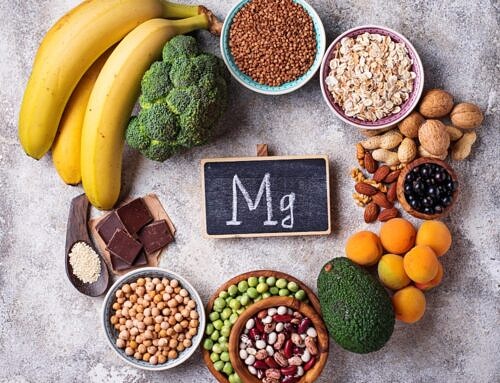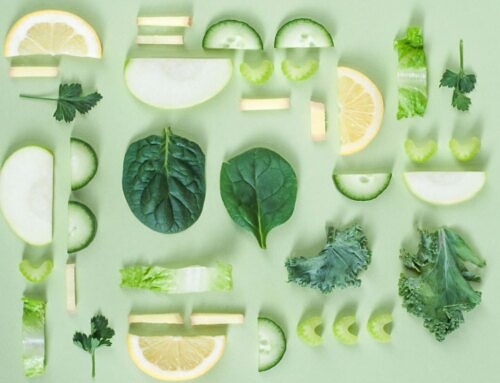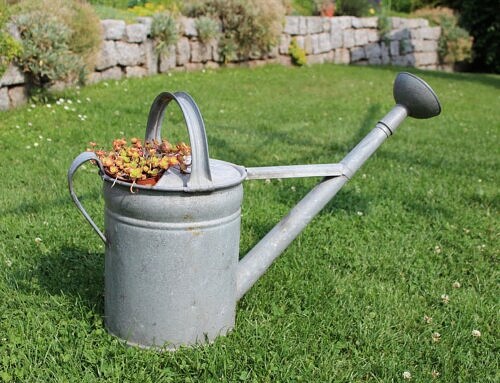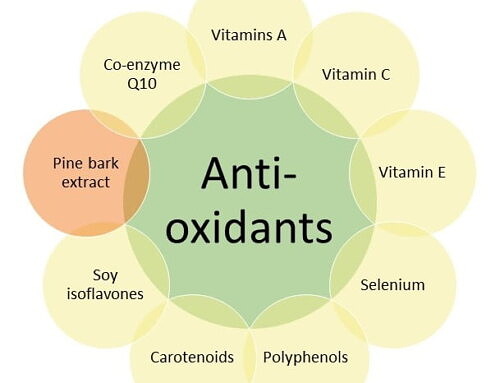
1 What is it?
Vitamin C (ascorbic acid, or ascorbate) is a water-soluble nutrient best known for its role in the immune system. However, it is also important for hormone production in the brain and collagen production. Collagen is needed for healthy skin and joints.
2 Vitamin C and Energy
Vitamin C is needed for the production of two enzymes that help us make carnitine, a substance that is important for the movement of fatty acids (obtained by eating healthy fats) into our cells for energy utilisation.
The vitamin also aids the absorption of iron, which itself is important for our energy levels.
3 Vitamin C and Sugar
Vitamin C and glucose share a receptor and require insulin to be able to enter our cells. Evidence suggests the two substances compete, meaning a high-sugar diet may contribute to low vitamin C absorption.
There have been studies looking into the possibility that this vitamin reduces blood glucose levels in type 2 diabetics, along with some complications of the condition. The quality of the studies has varied and the results have been mixed. Research into this area continues.
4 Depletion/Deficiency
Scurvy and its associated bleeding gums is perhaps the best known sign of low vitamin C. However, there are many other signs and symptoms of low nutrient levels and scurvy including:
- rough, bumpy skin
- corkscrew-shaped or bent body hair
- red hair follicles
- spoon-shaped nails
- tooth decay and/or loss
- anaemia
- shortness of breath
- chest pain
- dry or irritated eyes
- dry, damaged skin
- slow healing wounds
- tender and swollen joints
- aching legs
- weak bones
- irritability and/or mood swings
- headache
- poor immunity
- internal bleeding
- high temperature
- bleeding under the skin and easy bruising
- light sensitivity
- blurred vision
- weakness or unexplained exhaustion
- weight gain.
Left untreated, scurvy may result in serious complications and can be fatal.
Non-dietary contributors to low levels of the vitamin include smoking, obesity, diabetes, strenuous exercise, kidney failure, dehydration, poor gut health and pregnancy.
5 Sources
Many animal species are able to make vitamin C themselves but not humans – we get it from fruit and vegetables. Some of the best are:
- citrus fruits – grapefruit, lemons, oranges
- leafy greens – Brussels sprouts, broccoli, kale, spinach
- berries – blackcurrants, strawberries
- kiwis
- peppers
- tomatoes
- potatoes
- guava
Remember to aim for seven portions of fruit and vegetables per day – only two should be fruit, in part due to the naturally higher sugar level. Yes, that’s right seven portions. The government guideline of five-a-day is well ingrained but this is a minimum amount based on the general public’s typically low fruit and vegetable consumption. If seven is too much for you at the moment, start by introducing an extra portion a day and gradually build your intake up. A portion is about 80g, or 30g dried fruit. While 150ml of juice or smoothie is a portion, remember that any more than that still only counts as a single portion (two 150ml glasses of juice, for example, will still only count as one of your seven-a-day).
References/Further Reading
- “Vitamin C” – Lykkesfeldt, Michels and Frei. https://www.ncbi.nlm.nih.gov/pmc/articles/PMC3884093/
- “Modern-Day Scurvy“ – Colacci, Gold and Shah. https://www.ncbi.nlm.nih.gov/pmc/articles/PMC6989015/
- “Role of ascorbic acid in diabetes mellitus: A comprehensive review” – Santosh and David – http://www.jmrps.net/eJournals/_eJournals/79_REVIEW%20ARTICLE.pdf



